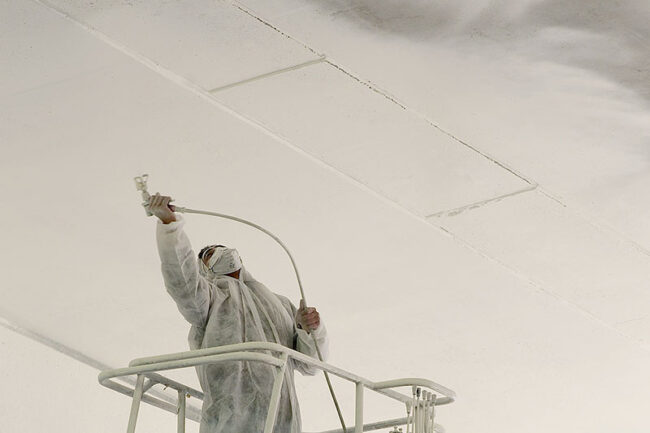Exploring the Versatility and Functionality of Cladding Panels
Transforming Spaces: Unveiling the Practical Applications and Benefits of Cladding Panels
Cladding panels, often overlooked in discussions about architectural design, play a pivotal role in enhancing the functionality and aesthetic appeal of buildings. Beyond their decorative facade, these panels serve a multitude of purposes, ranging from weather protection to insulation and structural reinforcement. Understanding the versatility and practical applications of cladding panels unveils their significance in modern construction projects. Cladding Spraying Leicestershire service is also important part of the entire offer!
At its core, the primary purpose of cladding panels is to shield buildings from external elements such as rain, wind, and harsh sunlight. By serving as a protective barrier, these panels help to preserve the integrity of the underlying structure, reducing the risk of damage and deterioration over time. Additionally, cladding panels can improve the energy efficiency of buildings by providing thermal insulation, thereby reducing heating and cooling costs and enhancing overall comfort for occupants.

Furthermore, cladding panels offer architects and designers a canvas for creativity and expression, allowing for endless possibilities in terms of aesthetics and visual appeal. Whether sleek and modern or rustic and textured, the variety of materials and finishes available for cladding panels enable architects to achieve their desired design vision while meeting the functional requirements of the project. From enhancing curb appeal to creating distinctive architectural features, cladding panels serve as a versatile tool for transforming the external appearance of buildings.
In addition to their protective and aesthetic functions, cladding panels also contribute to the structural integrity of buildings. By distributing loads evenly and providing lateral support, these panels help to reinforce the framework of a structure, improving its stability and longevity. Whether used in new construction projects or retrofitted onto existing buildings, cladding panels offer a cost-effective solution for enhancing both the performance and appearance of architectural facades.
In conclusion, cladding panels represent a fundamental component of modern building design, offering a blend of functionality, versatility, and aesthetic appeal. From weather protection and insulation to structural reinforcement and design enhancement, the practical applications of cladding panels are vast and varied. By understanding the role and benefits of cladding panels, architects, designers, and building owners can make informed decisions that result in durable, visually striking, and efficient architectural solutions.
